For example assume a psychiatrist is looking for new medication to treat patients with Obsessive-Compulsive Disorder OCD. If you use a between-subjects design you would split your sample into two groups of participants.
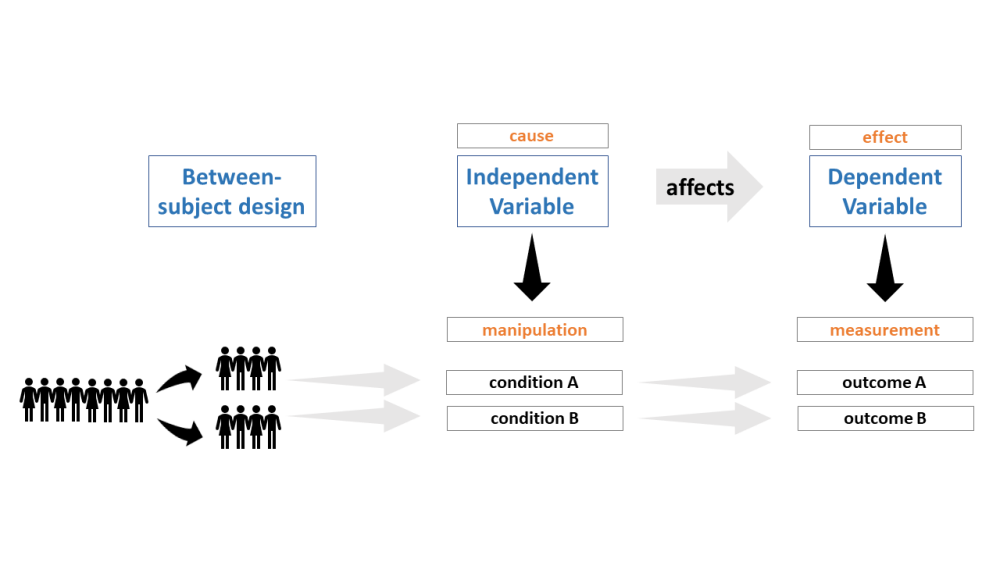
Learn How To Implement Your Participant Design In Pro Lab
This type of experimental design is when one set of participants are tested more than.
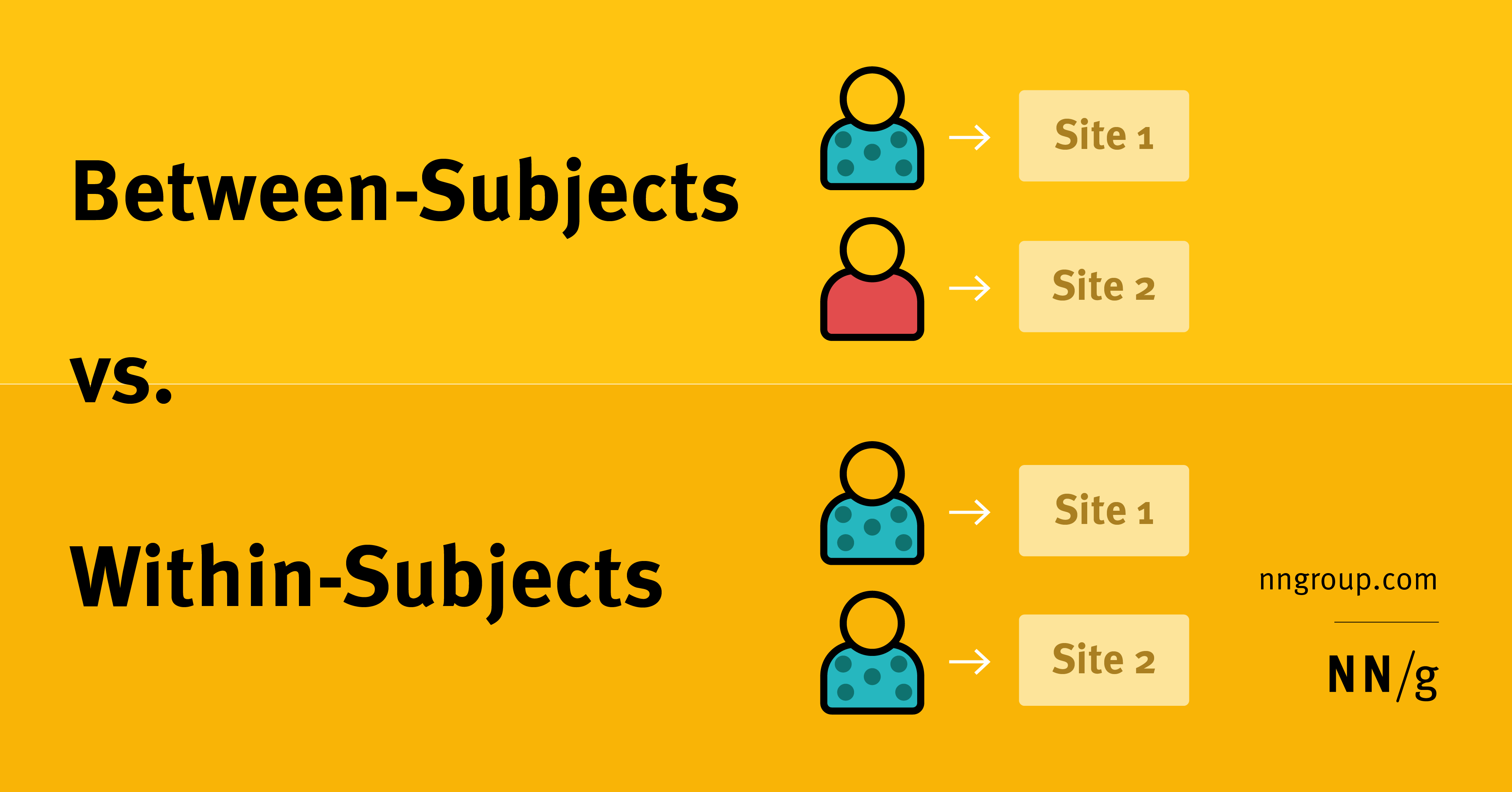
. Here are a few examples of between-subjects design testing sessions categorized by the industry conducting the tests. A between-subjects design is the opposite of a within-subjects design where each participant experiences every condition and the differences in the conditions happen within a given subject across conditions. For example assume a psychiatrist is looking for new medication to treat patients with Obsessive-Compulsive Disorder OCD.
The same person tests all the conditions ie all the user interfaces. Data collection for within-subjects design sessions takes longer because each participant is taking part in multiple treatment conditions. Both Within- Between-S IVs.
For example one group might receive an experimental drug at four different times a control group receives a placebo and the goal is to compare the groups at time 1 at time 2 at time 3 and at time 4. Between-subjects versus within-subjects design Youre planning to study whether taking a nap your independent variable after a learning session can improve test scores your dependent variable. For example if you were testing participants in a doctors waiting room or shoppers in line at a grocery store you might not have enough time to test each participant in all conditions and therefore would.
This within-subjects design can be compared to what is known as a between-subjects design. A within-subjects design refers to a study design where two or more measures are obtained from a sample of subjects. The withinsubjects ANOVA is appropriate for repeated - measures designs eg pretest-posttest designs within-subjects experimental designs matched designs or multiple measures.
The researchers in the crudest form of the test will give all of the participants the placebo for a time and monitor the results. This type of design is also referred to as a repeated measures design. Threats to Internal Validity for Within-subjects Designs In a within-subjects design each participant is in more than one and usually all of the levels of an independent variable.
Within-Subjects Designs Basic Within-Subjects Repeated-Measures Design. 2 So one group of participants would receive one treatment while another group would receive a different treatment. This video demonstrates a within-subjects experiment.
The Advantages of Within Subject Designs. For example in a candy taste test the researcher would want every participant to taste and rate each type of candy. This problem is a special case of a split-plot or a between-by-within subjects design.
In a within-subjects design a procedure to minimize threats from order effects and time-related factors by changing the order in which treatment conditions are administered from one participant to another so that the treatment conditions are matched with respect to time. Within-subjects or repeated-measures study design. If a within-subjects design would be difficult or impossible to carry out then you should consider a between-subjects design instead.
Consider yourself a social researcher. High and watering frequency daily vs. You are studying the effects of time the independent variable on perceptions of the pandemic and coronavirus the dependent variable.
Three common circumstances lead to within-subjects designs. Another common example of a within-subjects design is medical testing where researchers try to establish whether a drug is effective or whether a placebo effect is in order. A 22 factorial design is a type of experimental design that allows researchers to understand the effects of two independent variables each with two levels on a single dependent variable.
For example you have gathered a large sample of participants early in 2020 and have sent the same group on an online survey. The differences between the two groups would then be compared. Note that here we use the word design to refer to the.
Using a within-subjects design. Different people test each condition so that each person is only exposed to a single user interface. If a between-subjects design is a procedure where there are separate people in separate groups then a within-subjects design is.
Weekly on the growth of a certain species of plant. First each subject is observed repeatedly in different conditions and the same measure is used as the. In a between-subjects design people are only assigned to a single treatment.
Within-subjects designs have more statistical power than between-subjects designs but there are a number of potential threats to their internal validity. Within-subjects studies are typically used for longitudinal studies as researchers can assess changes within the same group of subjects over an extended period of time. Between-Subjects Within-Subjects and Mixed Designs page 1 Overview This reading will discuss the differences between between-subjects and within-subjects independent variables and will discuss some issues that are specific to studies that use each type.
You can use either a between-subjects or a within-subjects design. Within-subjects design over time. Explicit Memory in Amnesics vs.
Within-subjects ANOVA however is more general than the paired correlated-scores t-test in that it also can be used with more than two repeated measures. More than 1 IV. A within-subjects or repeated-measures design is an experimental design where all the participants receive every level of the treatment ie every independent variable.
For example if you want to test four conditions using four groups of 30 participants is unwieldy and expensive. Emilys study is an example of a within-subjects design which is sometimes called a repeated measures design. The main advantage that the within subject design has over the between subject design is that it requires fewer participants making the process much more streamlined and less resource heavy.
For example suppose a botanist wants to understand the effects of sunlight low vs. Between-subjects or between-groups study design. Advantages Disadvantages of Wi-Subjects Designs.
Examples of between-subjects design. Recall that another label for independent variable is factor.

Within Subjects Design Explanation Approaches Examples
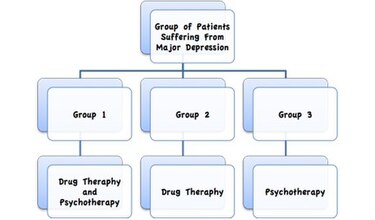
Between Group Design Wikipedia

Between Subjects Vs Within Subjects Study Design
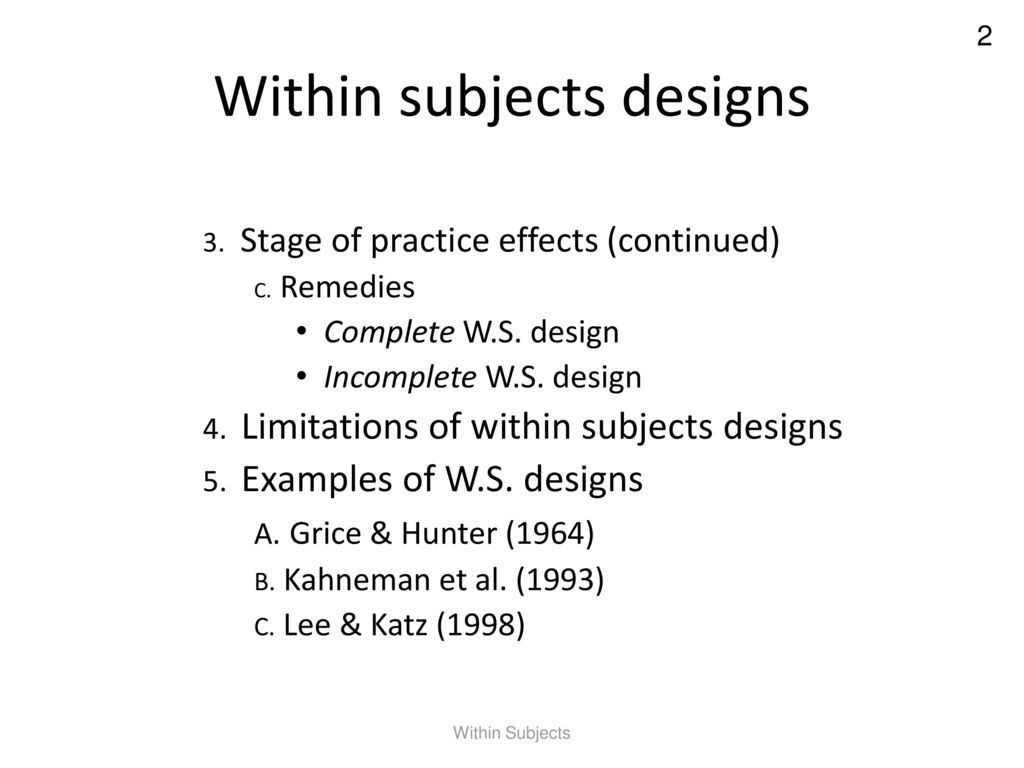
Within Subjects Designs Ppt Download
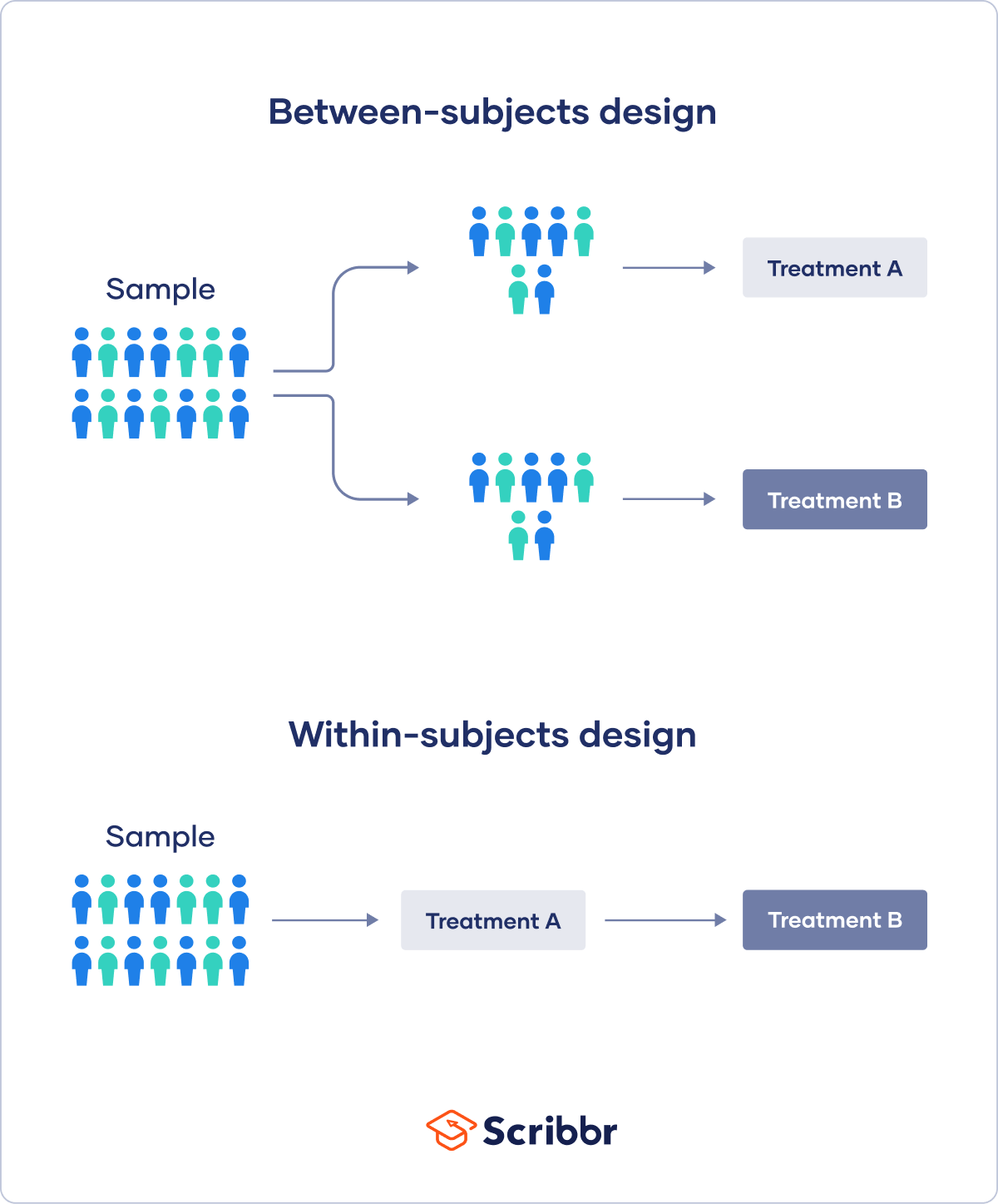
Within Subjects Design Explanation Approaches Examples

Within Subject Design Repeated Measures Design
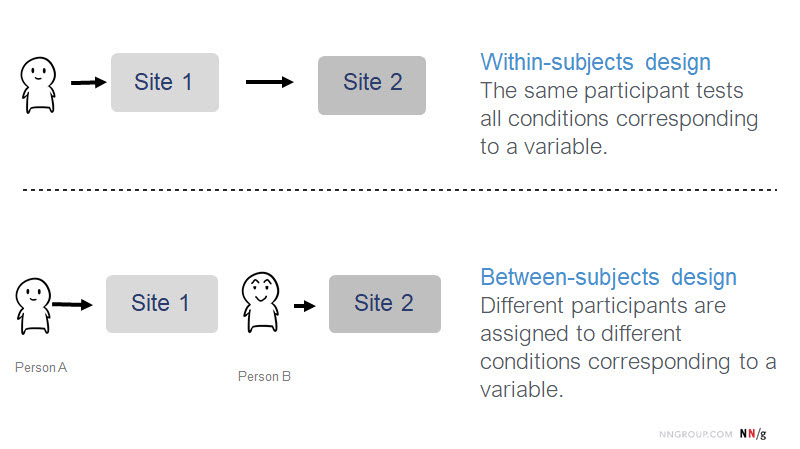

0 comments
Post a Comment